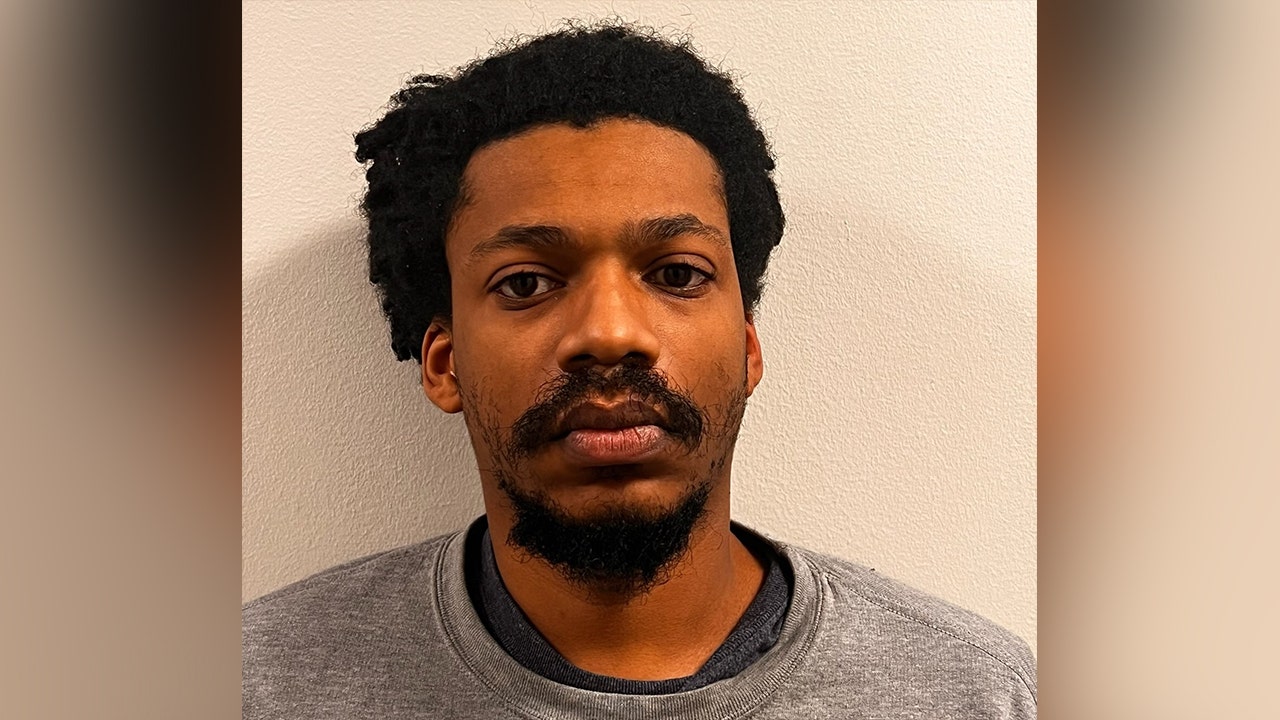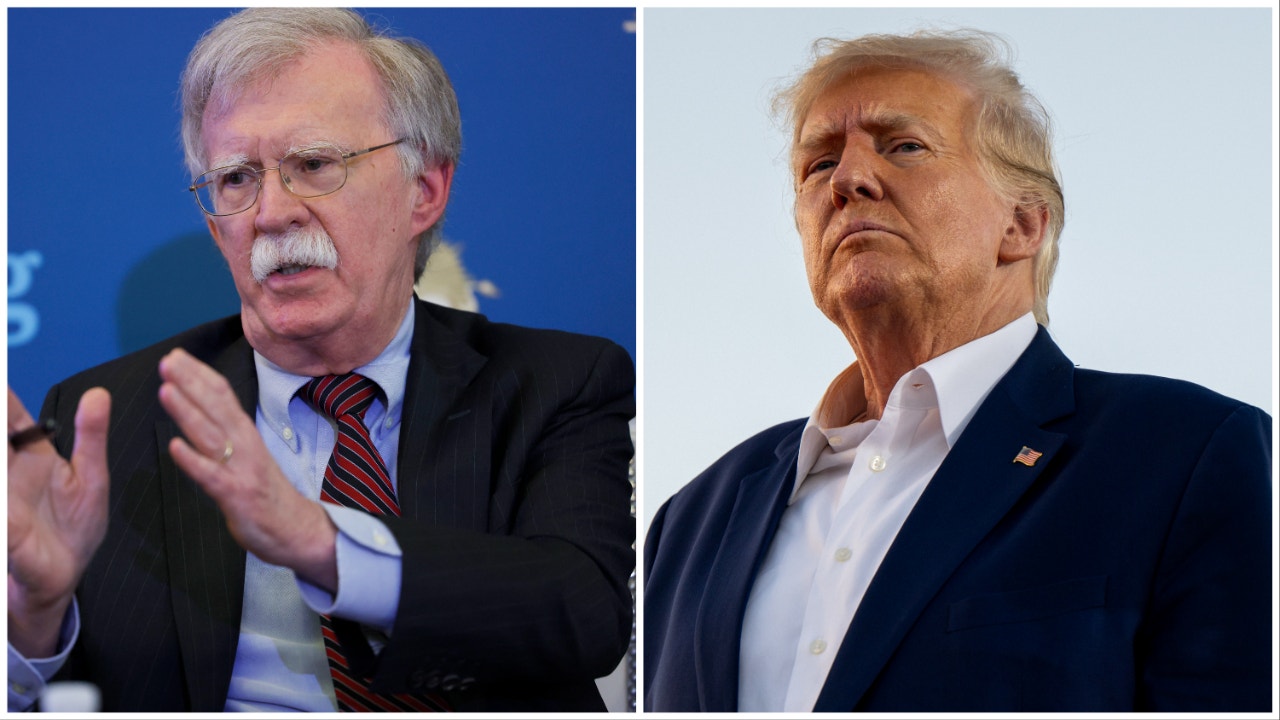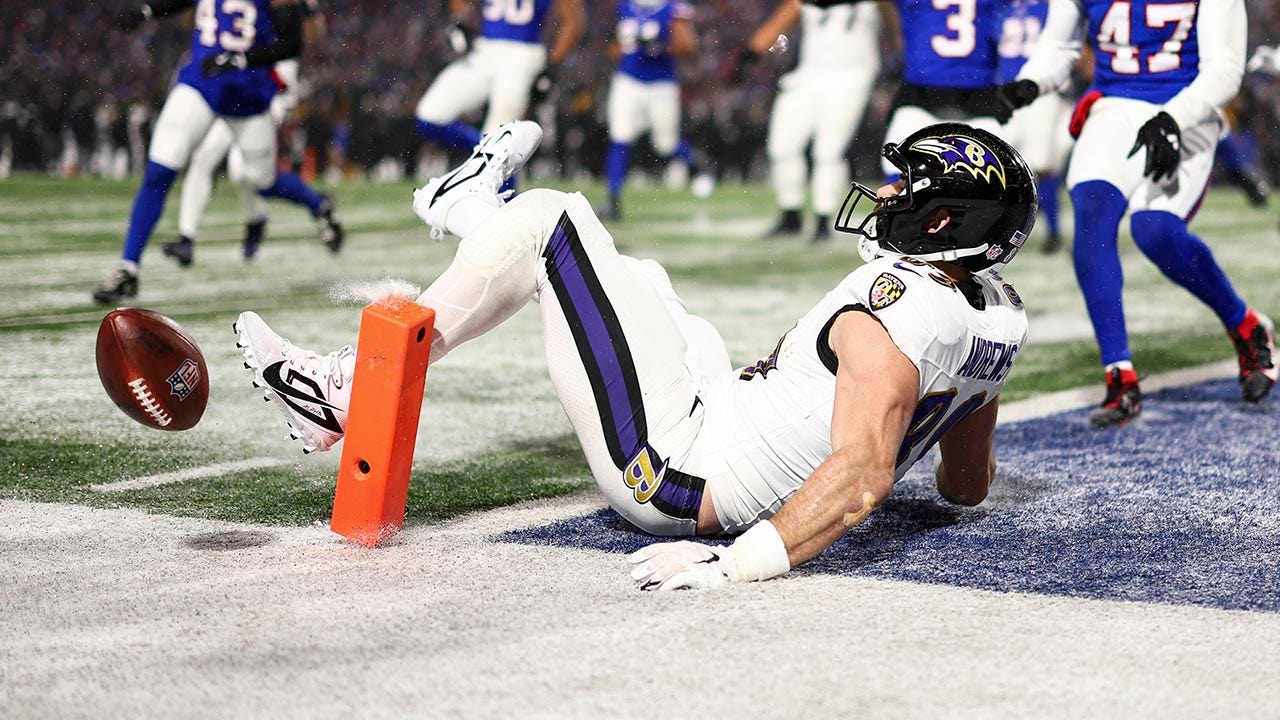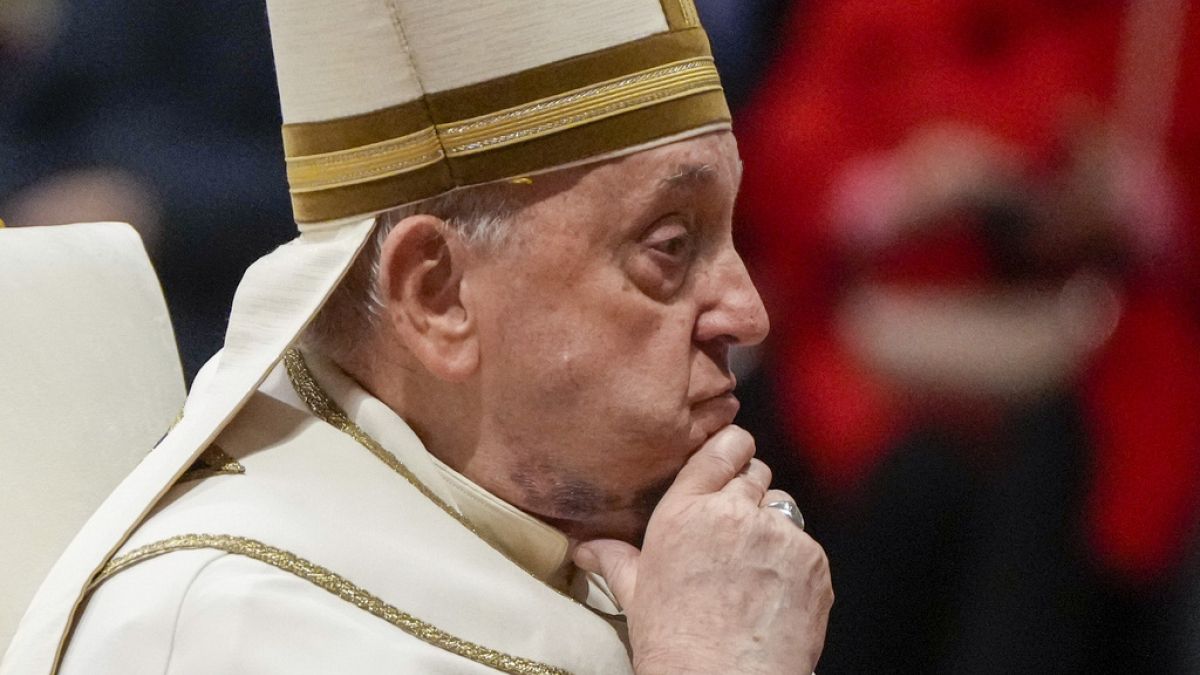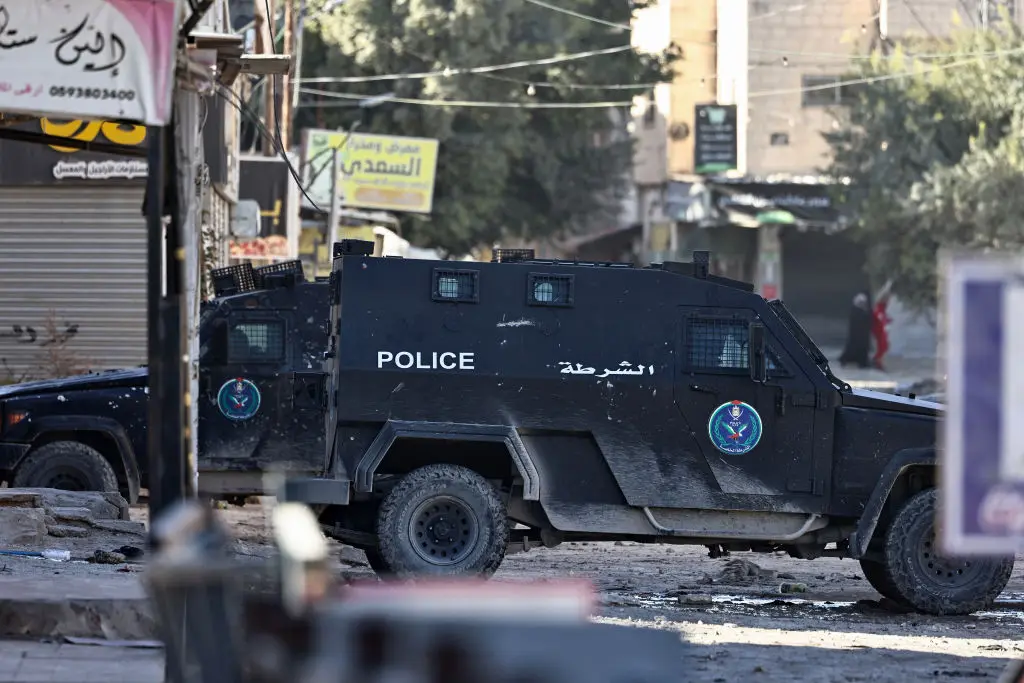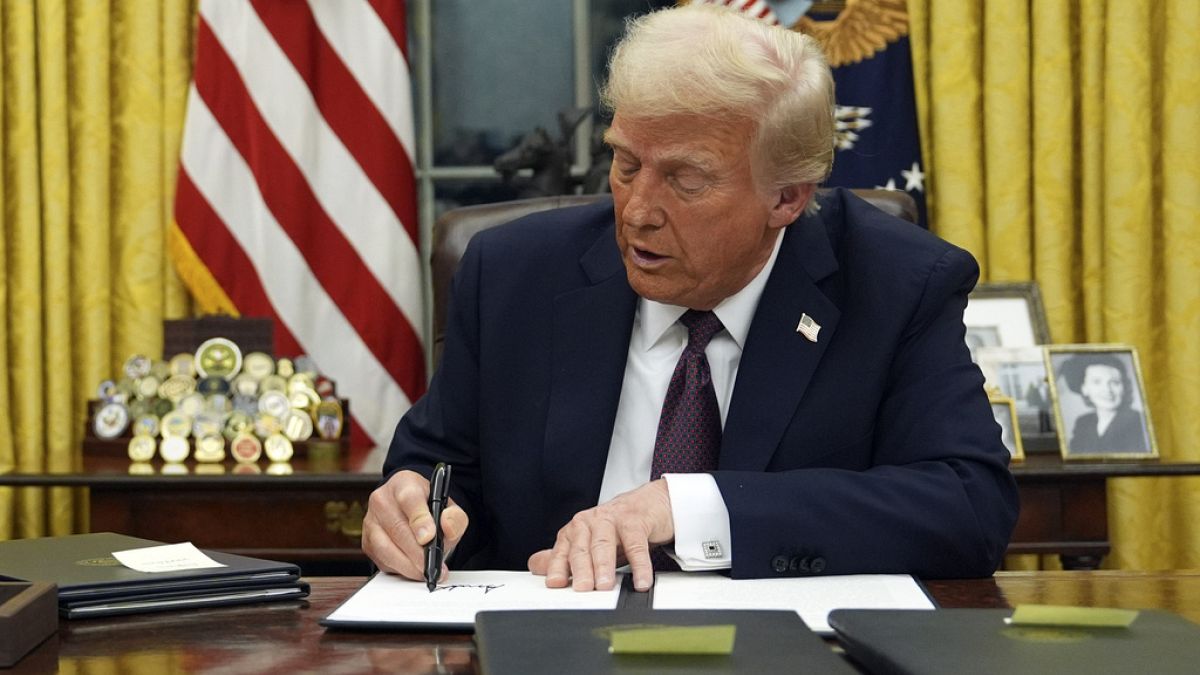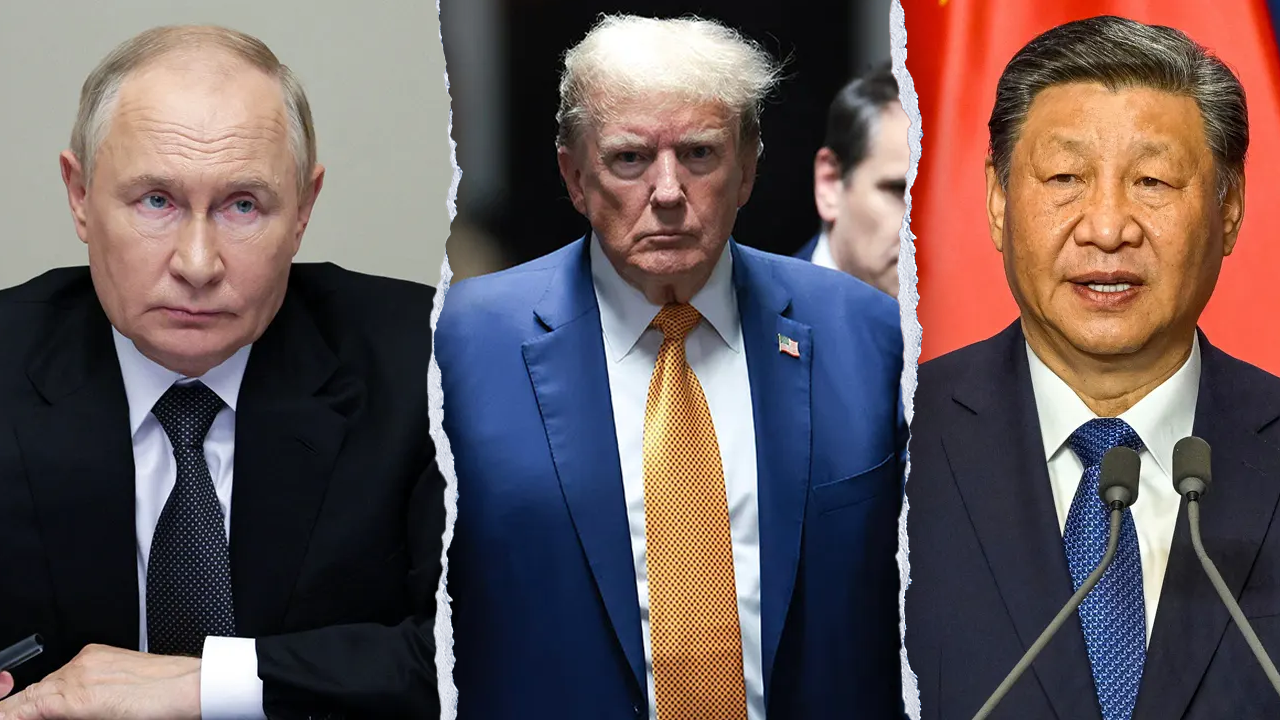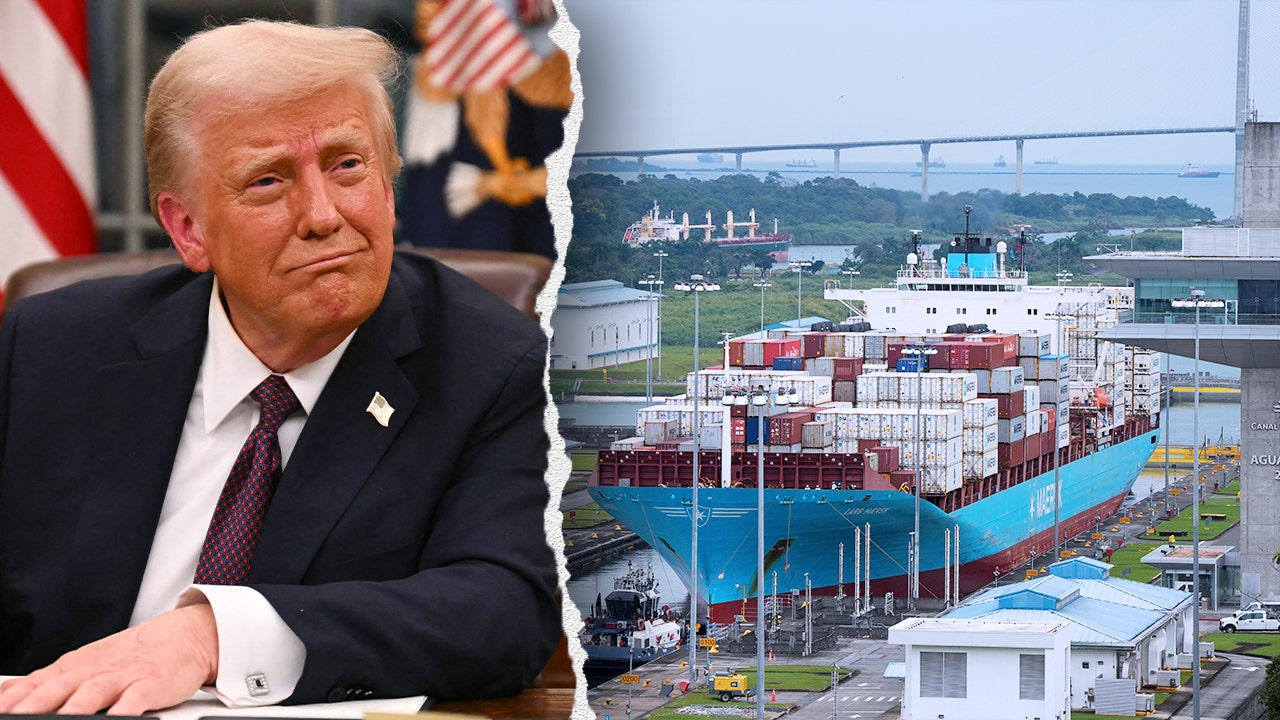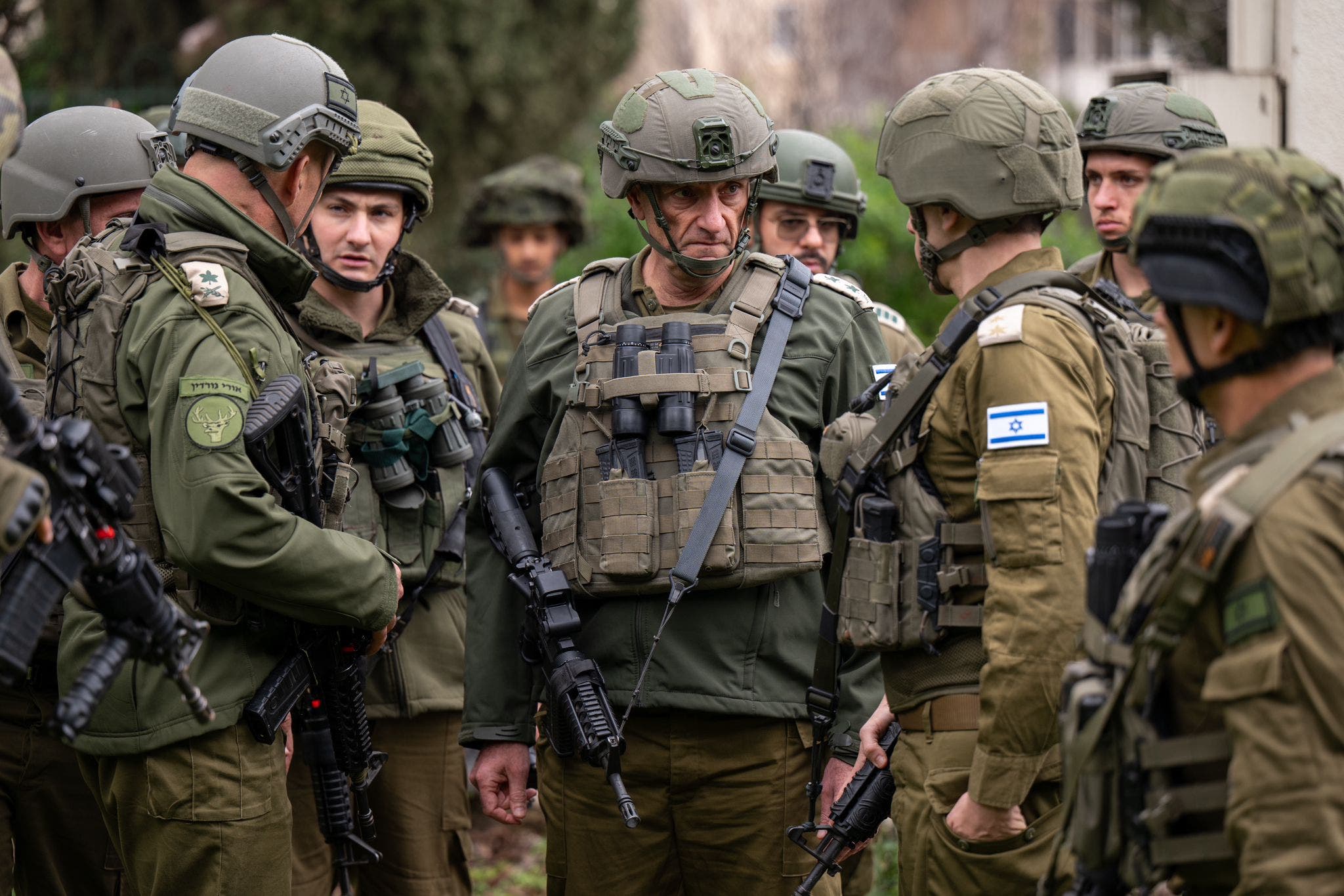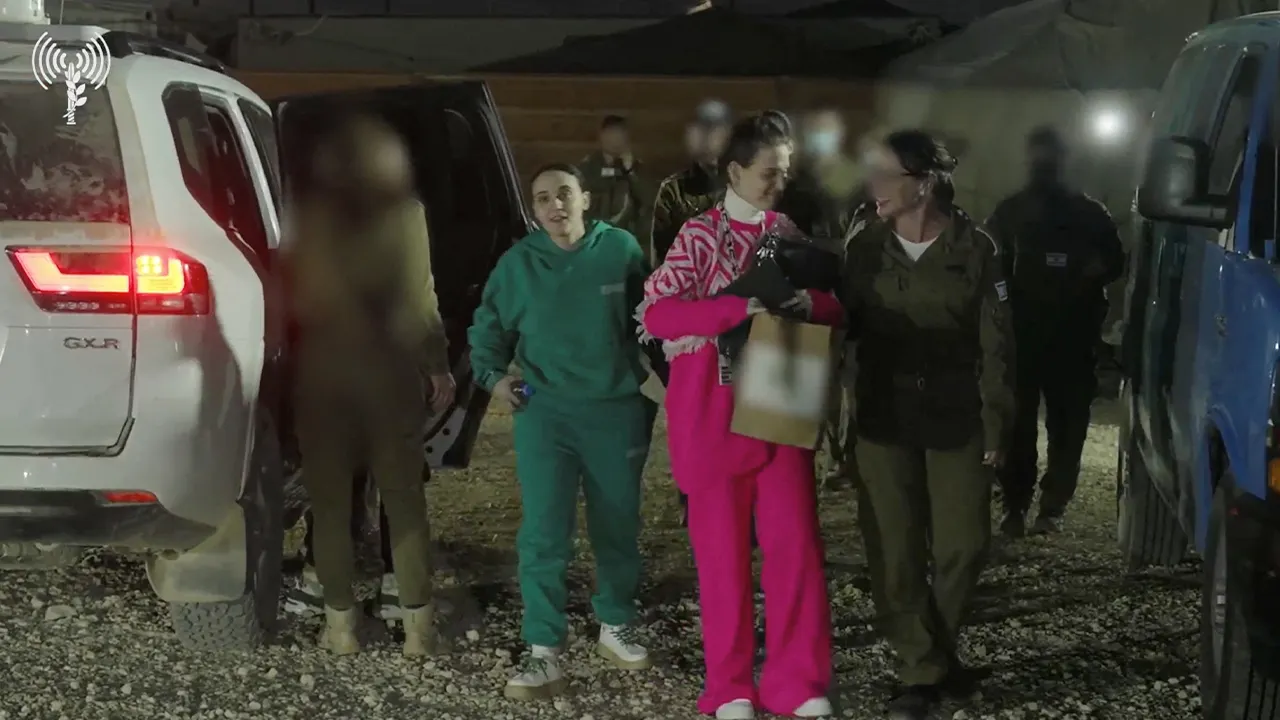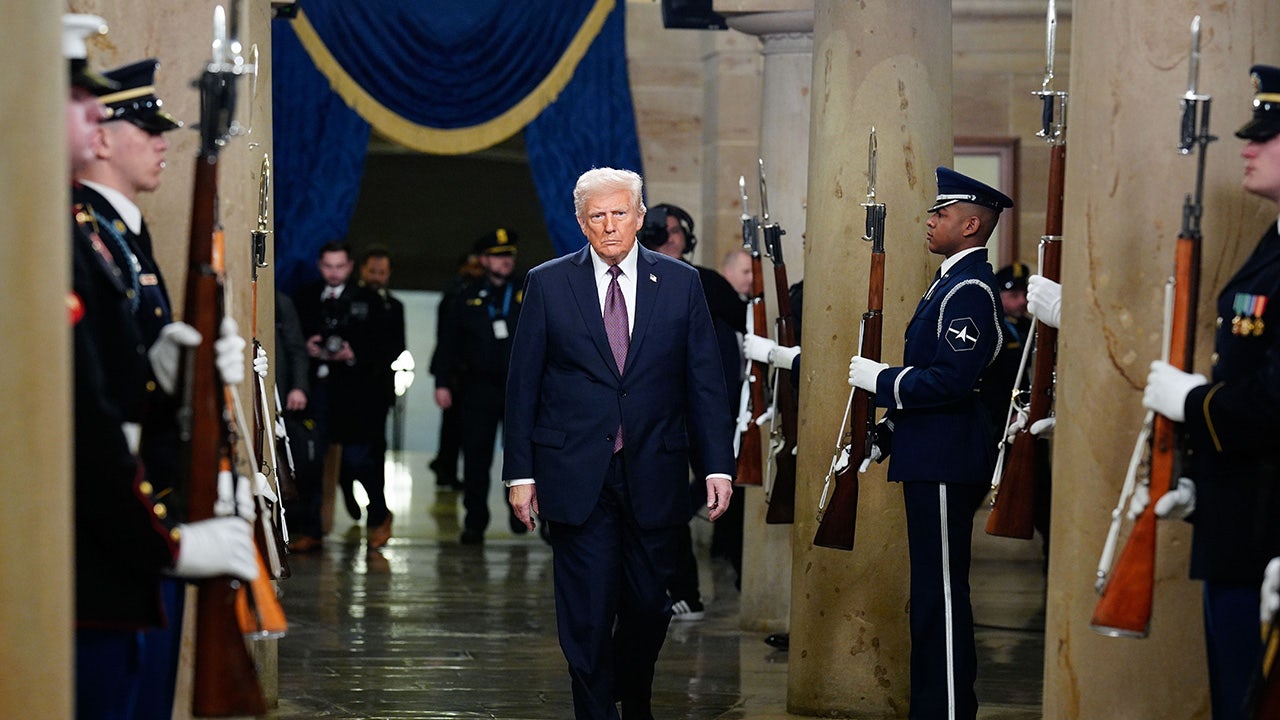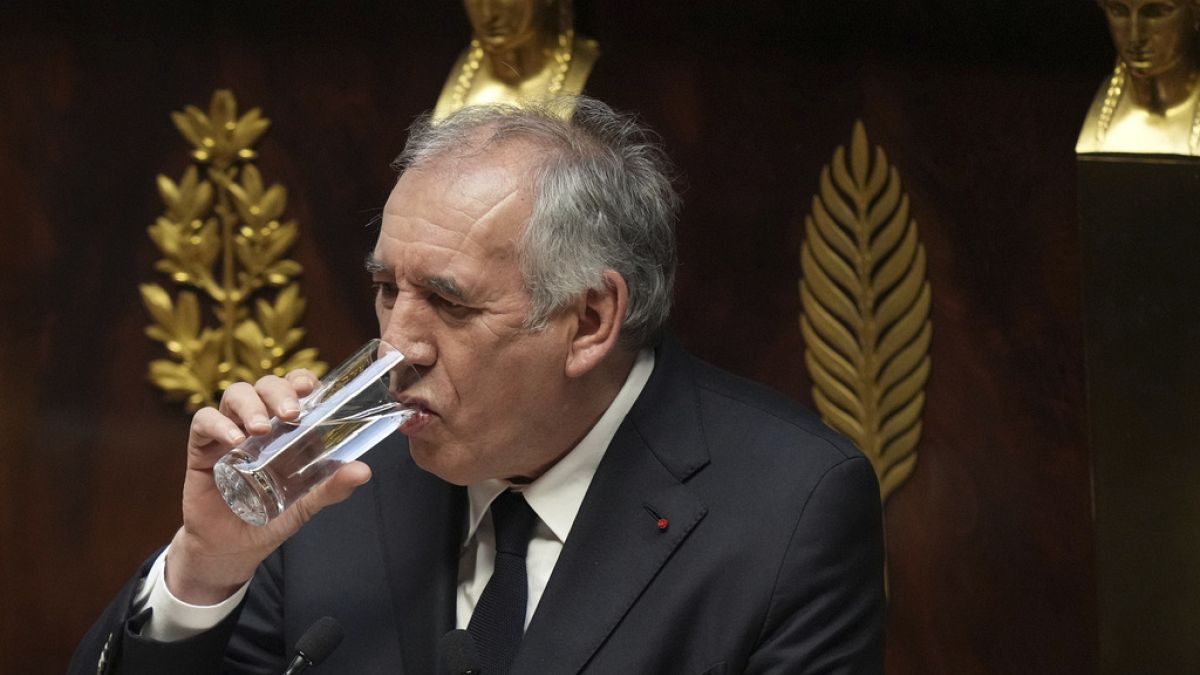Various videos claim Pope Francis’s successor has been appointed, but that’s not how a new bishop of Rome is chosen. How does the system actually work?
False videos have been posted to YouTube alleging that Pope Francis is stepping down from his position as the bishop of Rome and head of the Catholic Church.
Various videos posted in quick succession, some with tens of thousands of views, claim that the Pope’s successor has also been appointed: Filipino prelate Luis Antonio Tagle.
None of this is true – the Vatican hasn’t announced anything about Pope Francis resigning on its website or elsewhere, and there are no reputable news outlets reporting on it either.
Any notion that the pope will resign appears to have been rebuffed by the pontiff himself: in his autobiography “Hope”, which was released earlier in January, he said that he feels healthy and has no intention of stepping down.
When looking at the videos making the claims, most tend to splice stock footage together and are dubbed with an AI voice — there aren’t any new pictures there. Some of them even use clips from The Onion: a well-known satirical news site.
How is a new pope chosen?
Another clue that the videos are false is that they make a fundamental mistake: popes aren’t appointed — they’re elected by cardinals in a process that garnered significant intrigue recently thanks to the release of papal thriller “Conclave” last year.
When a pope dies, or more rarely resigns (Francis’s direct predecessor, Benedict XVI, was the first to step down since Gregory XII in 1415), the college of cardinals gathers in the Vatican to prepare to choose his successor.
Cardinals are the Church’s most senior officials, personally appointed by the Pope, and are often ordained bishops from all over the world.
After a series of general congregations where they discuss the Catholic Church’s needs and challenges, they hold what’s known as the papal conclave to elect the new bishop of Rome.
Only cardinals under 80 years of age can vote in this secretive ballot, and the maximum number of cardinal electors stands at 120.
While in theory, any baptised Catholic male can become pope, in practice the cardinals almost certainly vote in one of their own, and potential candidates for the pontificate have often already been identified in the period between a pope’s resignation or death and the election of his successor.
They seal themselves in the Sistine Chapel — hence the name “conclave”, from the Latin “cum clave” (“with a key”) — and are not allowed any contact with the outside world, to avoid any undue influence.
The process can last days, with the cardinals eating, sleeping and voting in a closed-off area to ensure the strict confidentiality of the discussions. They are allowed no contact with the outside world, but two doctors and some housekeeping staff are allowed in, who are also sworn to secrecy.
Cardinals vote four times a day until a candidate receives two-thirds of the vote. Each time no candidate achieves this, the ballots are burnt in chemicals that produce black smoke.
When a candidate is chosen, the votes are burnt in chemicals that produce the iconic white smoke, signalling to the world that a new pope has been elected.
He then chooses his papal name and heads to the balcony of Saint Peter’s Basilica, making his first public appearance as pope.
Read the full article here




